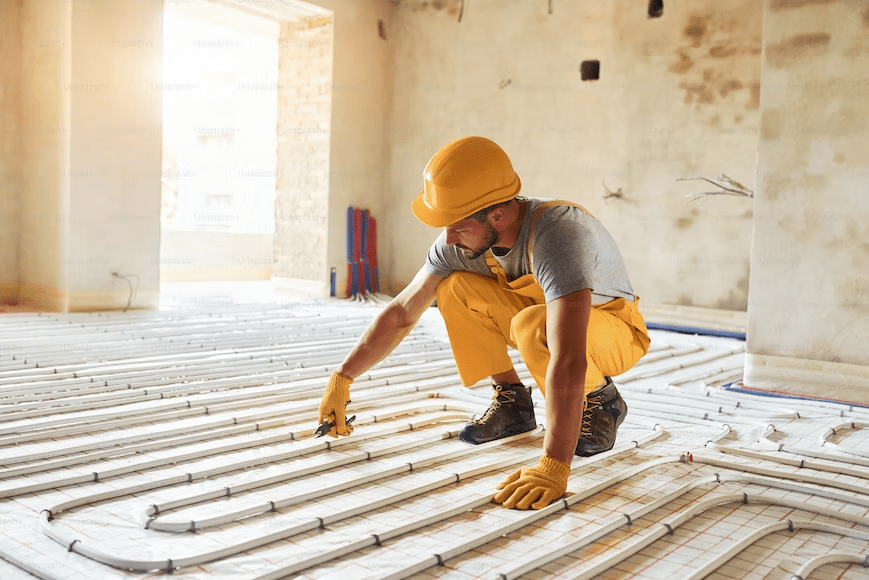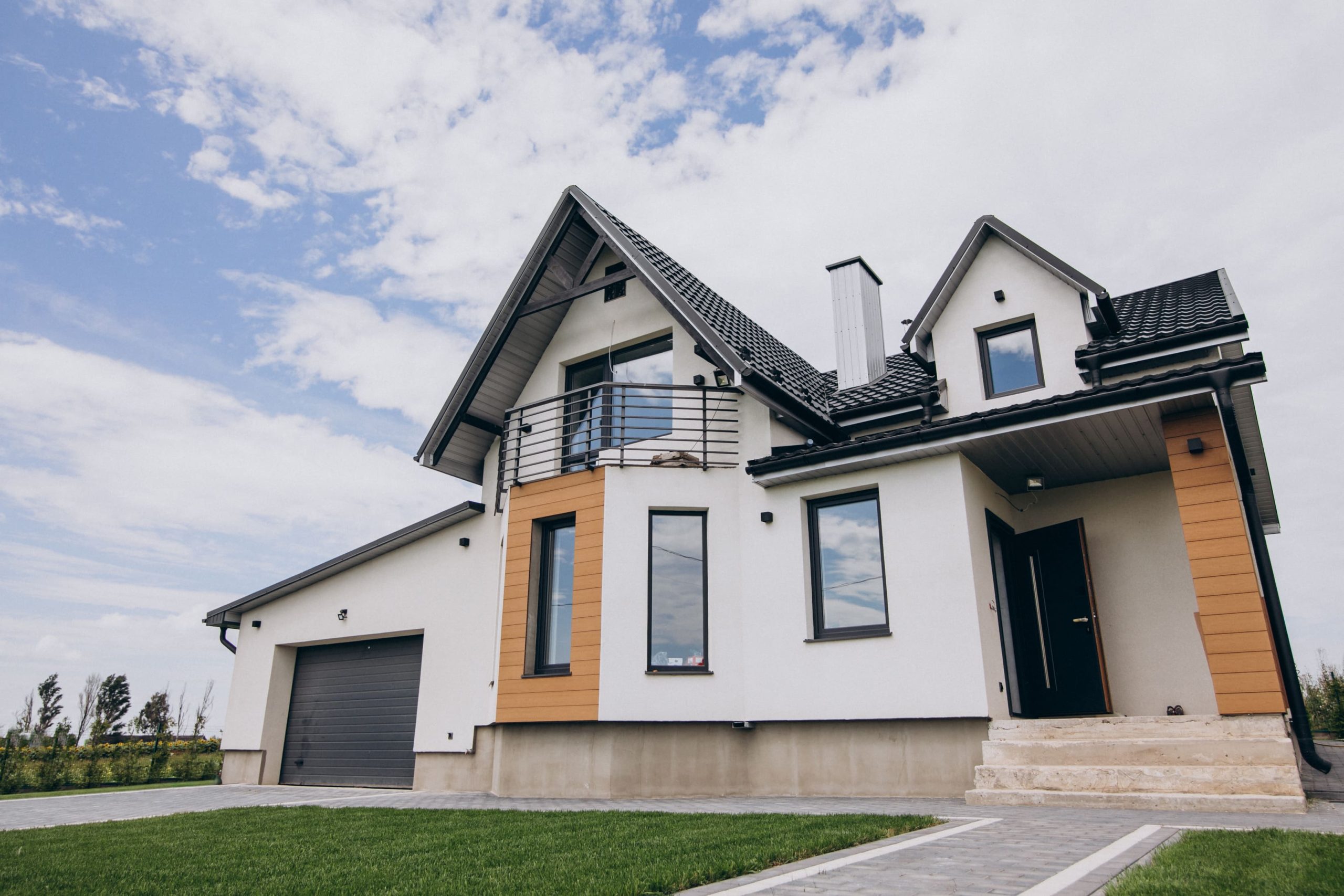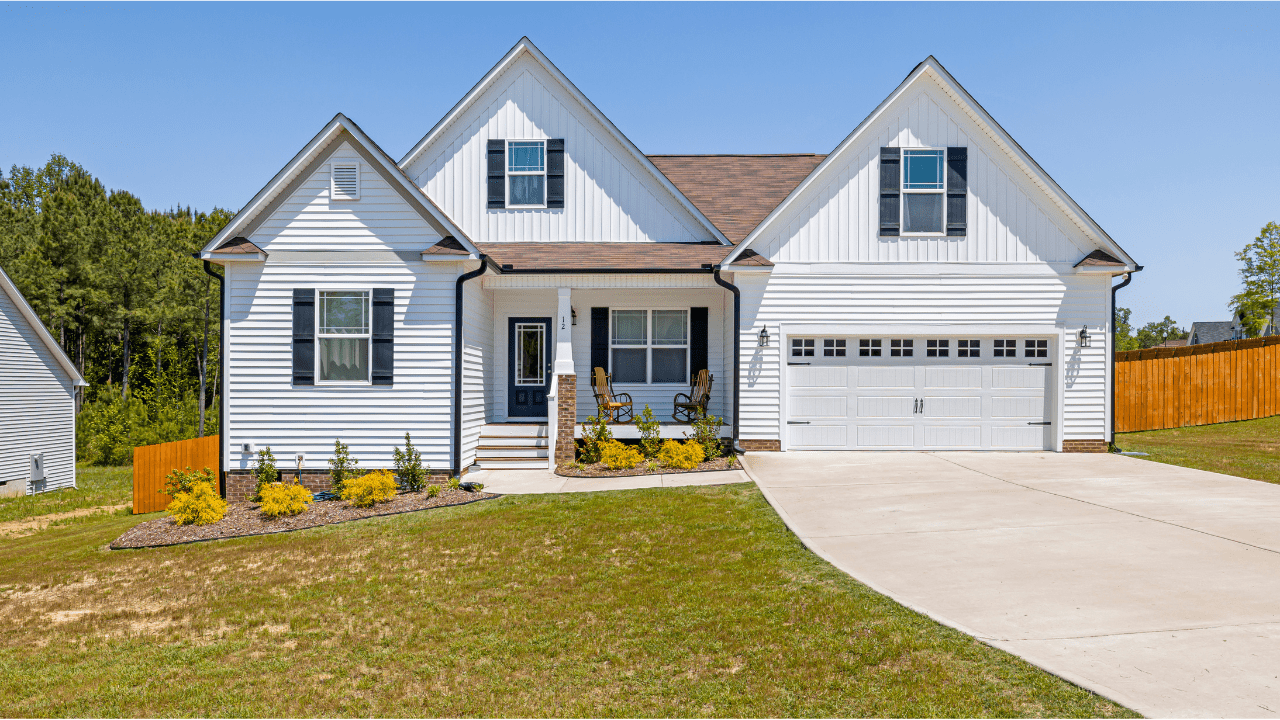The construction industry, a dynamic and transformative force that molds the physical landscape of our world, stands at the crossroads of an exciting evolution driven by technological breakthroughs, shifting societal norms, and a heightened consciousness of environmental responsibility. In the midst of an era characterized by unprecedented advancements in technology and a growing emphasis on sustainability, the construction sector finds itself on the cusp of significant change. Therefore, here are some of the most important constrution trends, born at the intersection of tradition and innovation, that promise to redefine the industry landscape in profound ways, so check them out ASAP.
Sustainable Construction Practices
The clarion call for sustainability has reverberated powerfully within the construction industry, heralding a new era of conscientious construction practices. As societies grapple with the urgent imperative to mitigate their ecological footprint, construction practices are responding by embracing environmentally friendly materials, energy-efficient designs, and the integration of renewable energy sources. From reclaimed building materials to the design of energy-efficient structures, sustainability is rapidly evolving from an option to an essential pillar of modern construction.
Prefabrication and Modular Construction
The advent of prefabrication and modular construction techniques marks a watershed moment in the construction industry’s history. By assembling building components off-site in controlled environments, the time required for on-site construction is dramatically reduced. This not only leads to cost efficiencies but also elevates overall project efficiency and quality. Prefabrication and modular construction have become the harbingers of a more streamlined and sustainable construction future.
Resilient and Smart Infrastructure
The rising frequency of extreme weather events has cast a spotlight on the need for resilient infrastructure. In response, the construction industry is weaving smart technologies into the fabric of buildings and infrastructure. Sensors and data analytics are embedded within structures to enhance their resilience against shocks, while simultaneously optimizing their performance and functionality through real-time insights. This is why you might also talk to experts in stainless steel polishing, for instance, because these are the people who can take your resilient technology to a whole new level.
Embracing Digital Technologies
The construction industry, often considered traditionalist, is experiencing a profound digital revolution. Innovations such as Building Information Modeling (BIM), drones, and augmented reality are recalibrating the industry’s landscape. BIM facilitates collaborative project planning and visualization, drones revolutionize site surveys and inspections, and augmented reality brings designs to life in immersive ways. The integration of these digital technologies is revolutionizing construction processes, improving accuracy, and optimizing efficiency.
Integration of Artificial Intelligence
Artificial Intelligence (AI) is a formidable entrant into the construction industry, promising to enhance project management, streamline decision-making, and even predict potential challenges. AI-powered analytics can identify project risks, allocate resources more effectively, and forecast maintenance requirements. The result is not just cost savings but also the creation of smoother, more agile project lifecycles.
Green Building Certifications
The inexorable thrust toward sustainability, driven by mounting environmental concerns and the imperative for resource conservation, has unequivocally catalyzed the widespread proliferation of various green building certifications. Notably, prominent certifications like LEED (Leadership in Energy and Environmental Design) and BREEAM (Building Research Establishment Environmental Assessment Method) have ascended to the forefront of this movement. These certifications, far from being mere badges of honor, assume the role of arbiters of conscientious construction practices. By meticulously evaluating and validating the implementation of environmentally responsible methodologies, these certifications not only bolster the credibility of the construction projects but also serve as potent incentives, nudging the industry toward the robust adoption of sustainable practices.
Off-Site Construction
The resurgence of off-site construction, characterized by its multifaceted embrace of modular construction and prefabrication techniques, stands as a quintessential emblem of a paradigmatic shift within the construction milieu. In a departure from conventional on-site construction practices, the off-site approach introduces a litany of novel advantages that reverberate across the entire construction spectrum. At its core lies the veritable sanctuary of controlled, factory-like environments. Within these meticulously curated settings, construction components are meticulously fabricated under ideal conditions, remarkably diminishing their vulnerability to the capricious whims of inclement weather.
Focus on Health and Safety
In the relentless march towards progress, the construction industry is traversing a salient path that converges inexorably with an oft-overlooked aspect: the well-being and safety of the workforce. Traditionally, the high-risk nature of construction work has cast a shadow over the industry, as safety lapses and accidents are regrettably not uncommon. However, the confluence of technology and burgeoning awareness is engendering a momentous shift in this paradigm. Technological innovations, particularly in the domain of wearables and sensors, are galvanizing an epoch where worker safety is no longer an afterthought but a paramount concern. Wearable devices, equipped with an arsenal of sensors, closely monitor a spectrum of variables that encompass physiological parameters, environmental conditions, and even worker location.
Urbanization and Mixed-Use Developments
The global tapestry of human habitation is undergoing a profound transformation, as the inexorable tide of urbanization sweeps across continents, reshaping landscapes and concomitantly birthing new construction paradigms. Urban populations burgeon with unwavering momentum, propelling cities into the forefront of social and economic dynamism. As cities morph into veritable epicenters of human activity, the construction industry, with astute alacrity, is adapting to cater to this burgeoning demand through a transformative approach: the proliferation of mixed-use developments. In essence, these developments represent a conscious blurring of the traditional demarcations between residential, commercial, and recreational spaces.ᅠ
The construction industry, an indomitable force that propels human progress, is on the precipice of transformation. The trends elucidated in this discourse represent more than just ephemeral shifts; they underscore the advent of a new era marked by sustainable practices, technological innovation, and a conscious regard for worker well-being. From the integration of sustainable practices to the leveraging of digital technologies, these trends collectively weave a tapestry that envisions a built environment that harmonizes with both humanity and nature. As these trends continue to evolve, the construction industry stands poised to shape the skylines of the future, crafting cities that are not only advanced in technology but also imbued with sustainability and resilience.




